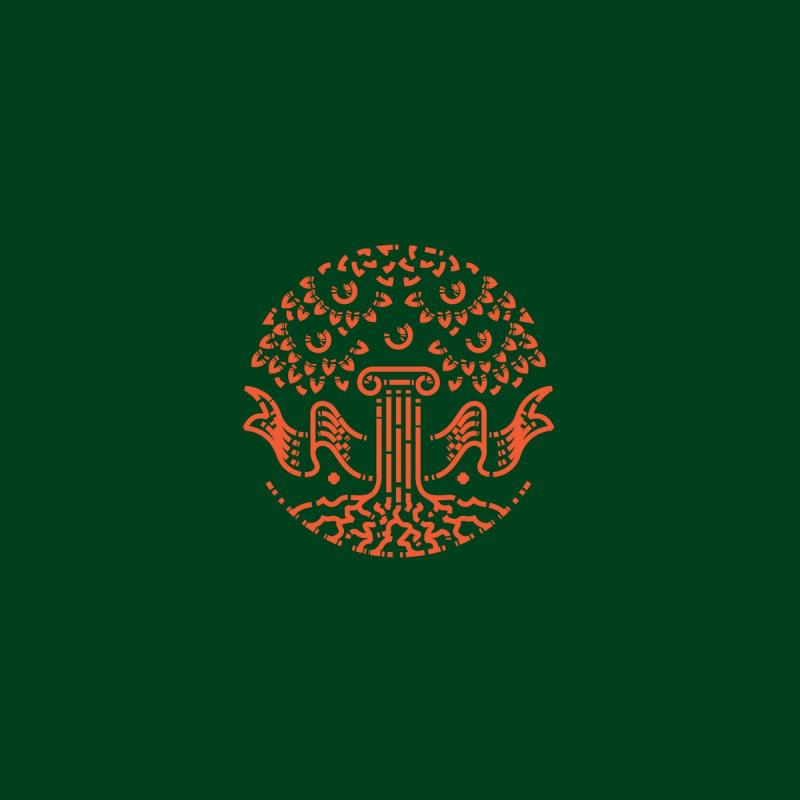Ignoring social and political factors is one of the many pitfalls in the discipline of historical theology. These factors can and often do shape theological debates. Take, for example, the relatively unknown so-called Mendicant Controversy of the thirteenth century.
The Franciscan and Dominican Orders arose at the beginning of the thirteenth century. These medieval orders were called mendicant from the Latin mendicare “to beg,” because as part of their monastic vows they were required to rely on charity for their sustenance.
By the latter part of the century, the two aforementioned orders and the University of Paris were ostensibly embroiled in a heated theological debate about eschatology. A Franciscan by the name of Gerard of Borgo San Donnino published a work which incorporated the controversial millennialism of Joachim di Fiore. In turn, a professor at the University of Paris, William of St. Amour, published his De Periculis Novissimorum Temporum (On the Dangers of the End Times). William’s book was so controversial that the pope ordered it burned and said that William was to go into exile. Yet, as I wish to emphasize here, this was not, first and foremost, a theological debate. Even though there was debate over doctrine, it took place in a decidedly acrimonious social and political context.
The initial conflict arose in the midst of a strike at the University of Paris against the city of Paris. In brief, the strike centered upon whether the students and faculty were subject to ecclesiastical (i.e., papal) or civil (i.e., Parisian) law. The university master assigned to teach the Dominicans continued to teach amid the strike, which painted the Dominicans as strike-breakers. Moreover, during the strike the Dominicans gained two of the twelve chairs of theology at the university. In other words, the Dominicans, who were seen to be flaunting the social and political mores of the university in Paris, also gained significant power in the university, diluting the power of the so-called “secular” or non-monastic university masters.
That is not all. Because of the unique papal policy of allowing Dominicans and Franciscans carte blanche freedom to preach and hear confessions in whatever territory they wished, the local Parisian bishops felt as if their ecclesiastical jurisdiction and influence was undermined by the work of these newly formed orders. Indeed, because the ecclesial duties of performing mass, burying the dead, hearing confession, and so on were being taken over by the Dominicans and Franciscans, the local bishops were even losing money to these nominally “begging” friars!
Finally, the secular masters had philosophical concerns. On the one hand, the Dominicans were mixing newly found material of Aristotle with theological instruction. Such a curriculum divide pitted the older secular teachers against the newer Dominican approach to theological education. On the other hand, as already noted, some of the Franciscans were teaching the novel eschatological ideas of Joachim di Fiore, deemed dangerous by the older Parisian professors.
One scholar describes the tumultuous scene of the Mendicant Controversy in Paris in this way:
Conflicts between the secular masters and the mendicant orders […] led on several occasions to outbursts of polemical exchange, coupled with mutual excommunications and temporary suspensions of lectures. While the secular masters struggled to require the religious masters to recognize university statutes and to adhere to corporative privileges, the mendicants flaunted papal exemptions and slighted episcopal and papal restrictions placed upon their magisterial activities (Traver, “Secular and Mendicant Masters”).
Eventually, the pope himself had to step in more than once to adjudicate the tensions between the mendicant orders and the various universities. Even the Dominican par excellence, Thomas Aquinas, was forced to defend the mendicants.
What we see in this early controversy is a microcosm of broader social, political, and theological fissures which eventually led to the Reformation itself. Conflict between universal ecclesiastical interests and local ones became increasingly contentious. The rise of the university in the West, and the centralization of education in these universities, also accentuated theological differences within medieval Christendom. Indeed, one simply cannot understand the Humanist-Scholastic controversies of the fifteenth and early sixteenth centuries without taking into account such factors.
Students of theology are often (and not wrongly!) attuned to the theological factors dividing various individuals or groups. But if we wish to understand not simply the what of a theological controversy, but the why of it, we would do well to ask what broader influences—whether they be social, political, economic, philosophical, or simply territorial—might be lurking just beneath the surface. Theological controversy never occurs in a vacuum.
If you are interested in learning more about the Mendicant Controversy, and especially Thomas Aquinas’s role in it, I recommend the primary source reader St. Thomas Aquinas and the Mendicant Controversies: Three Translations.
Dr. Michael Lynch teaches language and humanities at Delaware Valley Classical School in New Castle, DE. He is the author of John Davenant’s Hypothetical Universalism.



